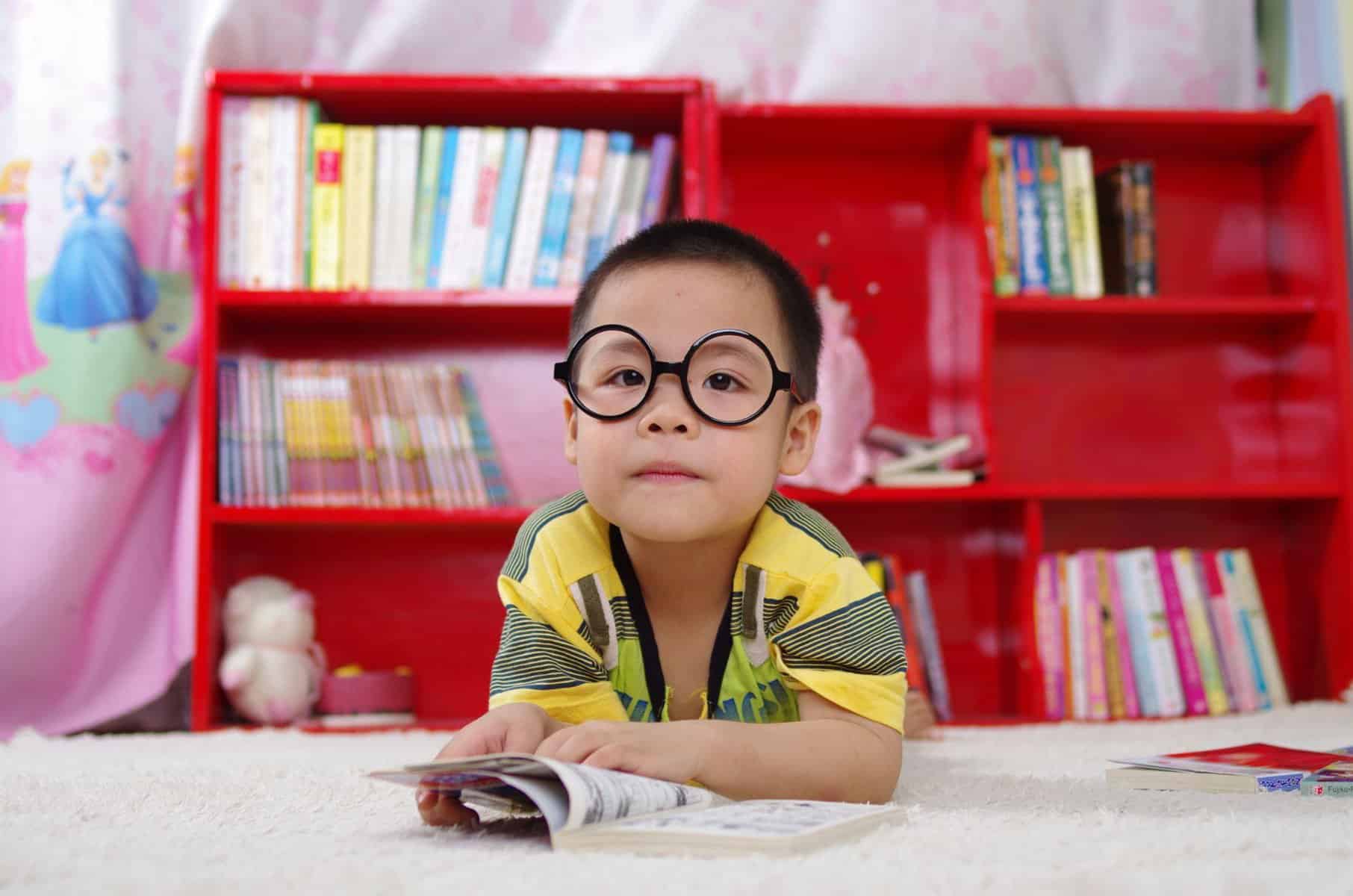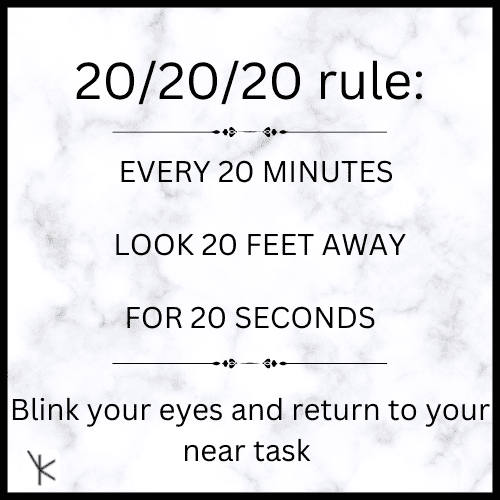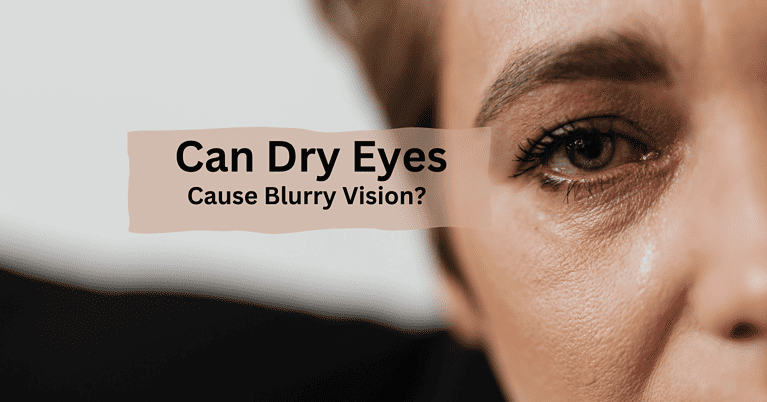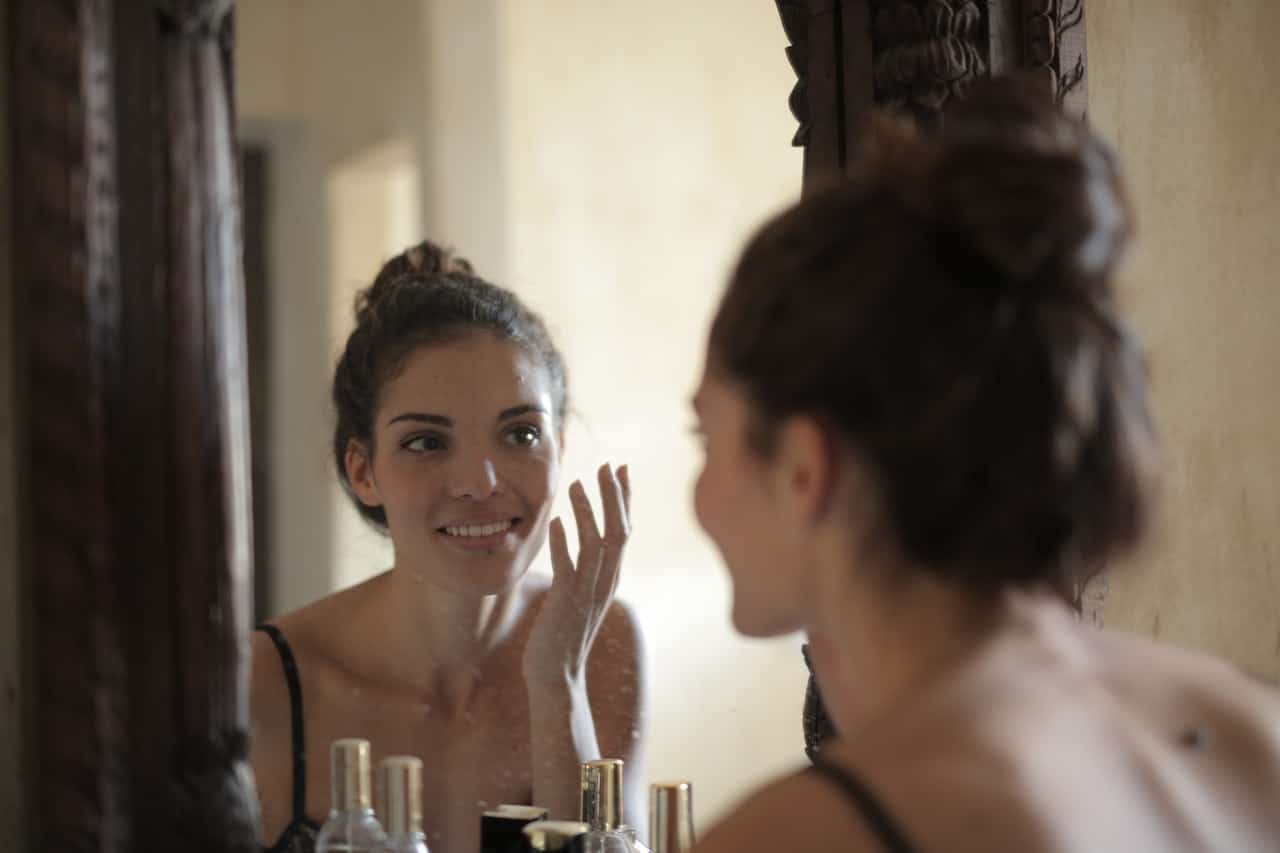
Your child is “nearsighted” or myopic and your eye doctor has recommended that your child wears glasses. Now what?!
Parents often ask if there is anything we can do to prevent their child’s eyes from getting worse. They are concerned that their child’s eyes will be as “bad” as theirs.
I love this question! The answer is YES, there is something more we can do to help their eyes not get worse as quickly. This is what I call myopia control which can slow myopia progression.
Let’s dig into how we can slow down childhood myopia.
This article is for informational purposes only and does not provide medical advice or recommendations. You should always seek the care of a medical professional or qualified healthcare provider for recommendations, questions, diagnosis, and treatment. Never delay seeing your healthcare provider if you have questions or concerns about you or your child’s health as the material provided on this website is for informational purposes only.
This article may contain affiliate links. By clicking a link we may receive a small commission at no cost to you. This product was sent to us free of charge. This however did not change our recommendation or sway our review. Please see our privacy policy and Disclosure for more details
What Is Myopia
Myopia is also commonly known as “nearsighted” or “shortsighted”. With myopia the ability to see up close is preserved but far away is blurry unless one wears glasses or contact lenses.
Causes of Myopia
Myopia is one of the three refractive errors. It is caused by an eye that is too long or an eye that has a steep or more curved cornea. Your eye doctor will go over this at your child’s eye exam.
Symptoms of Myopia
The most common symptom of myopia is blurry vision while viewing objects in the distance.
Your child may not have any complaints at a young age as they have never had clear vision before and don’t realize anything is wrong.
However older children may complain that they can’t see the board at school and may squint to see clearly.
Prevalence of Myopia
Myopia is very common in the U.S. and all over the world. According to the National Eye Institute, in 2017 they wrote an article on “Myopia: A Close Look at Efforts to Turn Back a Growing Problem”, which stated 41.6% of Americans are nearsighted.
What is more astonishing is that by 2050 it is predicted that 50% of the world will have myopia and will need to wear contact lenses or wear glasses.
Risk Factors for Myopia
The causes and risks for myopia are multifactorial meaning not one thing causes you to become nearsighted. There are a variety of things that cause eye growth or axial elongation.
Having nearsighted Parents
If you have one nearsighted parent your child’s risk of developing myopia increases by 1.5 times and if both parents have myopia it increases your child’s risk 3 times. This means that genetics play a role in if one develops myopia.
Your Ethnicity
Research shows that Asian ethnicity followed by Hispanic ethnicity have the highest prevalence of myopia.
Increased Screen time
There is a correlation with increased screen time and increased myopia progression. It is best to reduce screen time to no more than 2 hours a day outside of homework and studying.
When doing extended nearwork it is always best to follow the 20/20/20 rule which helps reduce visual stress and in turn may reduce the progression of myopia. So for every 20 minutes of near work, look 20 feet away, for 20 seconds. Blink a few times and then go back to your near task.

Not wearing the correct glasses prescription
When one is wearing glasses or contact lenses that are too strong or glasses that are not strong enough this can speed up how quickly your myopia progresses.
myopia Prevention
One thing that can prevent nearsightedness is outdoor time.
A comprehensive eye exam done by an eye doctor that specializes in myopia control is another way myopia can be manipulated.
Outdoor time
If your child is not yet nearsighted there is one thing that prevents or slows the onset of becoming myopic which is outdoor time.
The current recommendation is to spend 90 to 120 minutes a day outdoors to prevent or slow the onset of myopia. Being outside is an easy way to implement myopia control at home.
Doing any kind of sustained nearwork while being outside negates the protective effects of the outdoors. So put down the book, tablet, and phone and enjoy the sunshine with a nice pair of sunglasses.
Visiting your Eye Doctor Regularly
Getting an annual comprehensive eye exam completed by an eye doctor that specializes in myopia control or seeing a doctor at a myopia control clinic is crucial to preventing or controlling childhood myopia. Doctors that specialize in myopia control have extra knowledge and training in this area which can help reduce refractive error progression.
Myopia Control
Myopia control is the process of slowing down the rate of change in one’s glasses prescription and eye length.
This is done by manipulating the optics of the eye or with pharmacological agents that bind to the eye’s “growth” receptors to prevent the eye from elongating.
The Importance of Myopia Control
Myopia control is extremely important because it can reduce the likelihood of devastating ocular conditions such as a retinal detachment, myopic maculopathy, glaucoma, and early onset of cataracts.
The psychological and economical aspect of having high myopia can be monumental by reducing your quality of life and economically, giving your pocketbook a hit.
Myopia Control Methods and Treatments in the U.S.
At the moment there are 4 methods to control myopia in the United States. In other countries, peripheral myopic defocus glasses can be used.
Orthokeratology (ortho-k)
Ortho-k is a “vision retainer” that gently reshapes your cornea while you sleep at night. This lens is removed every morning and allows one to see all day without the use of glasses or contact lenses.
These specialty contact lenses do not permanently alter the cornea. They will reduce myopia progression by creating peripheral myopic defocus by alternating where the light rays land inside of the eye.
Multifocal Soft Contact Lenses
These contact lenses reduce myopia progression by altering how the light rays land inside of the eye by the use of different prescriptions or powers inside of the lens. These contact lenses are worn during the day while your child is awake.
Atropine Eye Drops
Low dose atropine eye drops are not well understood.
Many studies have been ongoing in this area. It is thought that atropine slows myopia progression by binding to the eye’s growth receptors. This turns off the growth signal reducing eye length.
Atropine eye drops can be used alone or in conjunction with other myopia control treatments.
Bifocal or Progressive Additional Lens Glasses
Bifocals or progressive addition lenses are not as effective as the other myopia control options.
These glasses may help especially if any focusing conditions are diagnosed.
In Conclusion
Myopia is a common world wide eye condition. It should be treated in order to slow down myopia progression, especially in children.
The most effective ways to control myopia progression are orthokeratology which is a corneal reshaping contact lens, multifocal soft contact lenses, and low dose atropine eye drops.
Getting adequate outdoor time and visiting your eye doctor regularly can help prevent or delay the onset of myopia development. However genetics, increased screen time, ethnicity, and not wearing the correct glasses prescription can still be the driving factors for myopia to occur.
It is best to talk to your eye doctor about all of your child’s options and visual needs. These myopia control methods can make a huge impact on your child’s life.
4 responses to “Myopia Control: slowing down short-sidedness in children”
-
This is a great and detailed post. I learned a lot! My husband and I are both nearsighted so we’ll definitely watch out for that now that our son is getting a little older. You’ve given me a lot to think about. Thanks!!
-
I am so glad you learned something new. Thanks!
-
-
Great information, thanks for sharing. We have always been careful to limit screen time for our kids, but I didn’t realize that it was also helpful for preserving their eyesight.
-
Limiting screen time is definitely helpful!





This is a great and detailed post. I learned a lot! My husband and I are both nearsighted so we’ll definitely watch out for that now that our son is getting a little older. You’ve given me a lot to think about. Thanks!!
I am so glad you learned something new. Thanks!
Great information, thanks for sharing. We have always been careful to limit screen time for our kids, but I didn’t realize that it was also helpful for preserving their eyesight.
Limiting screen time is definitely helpful!